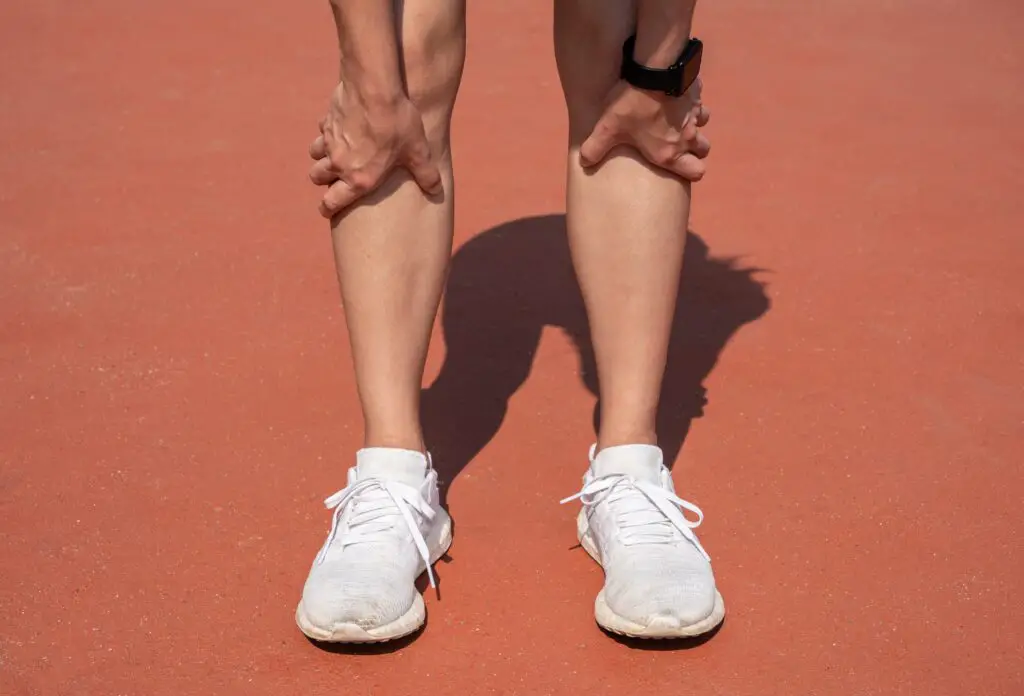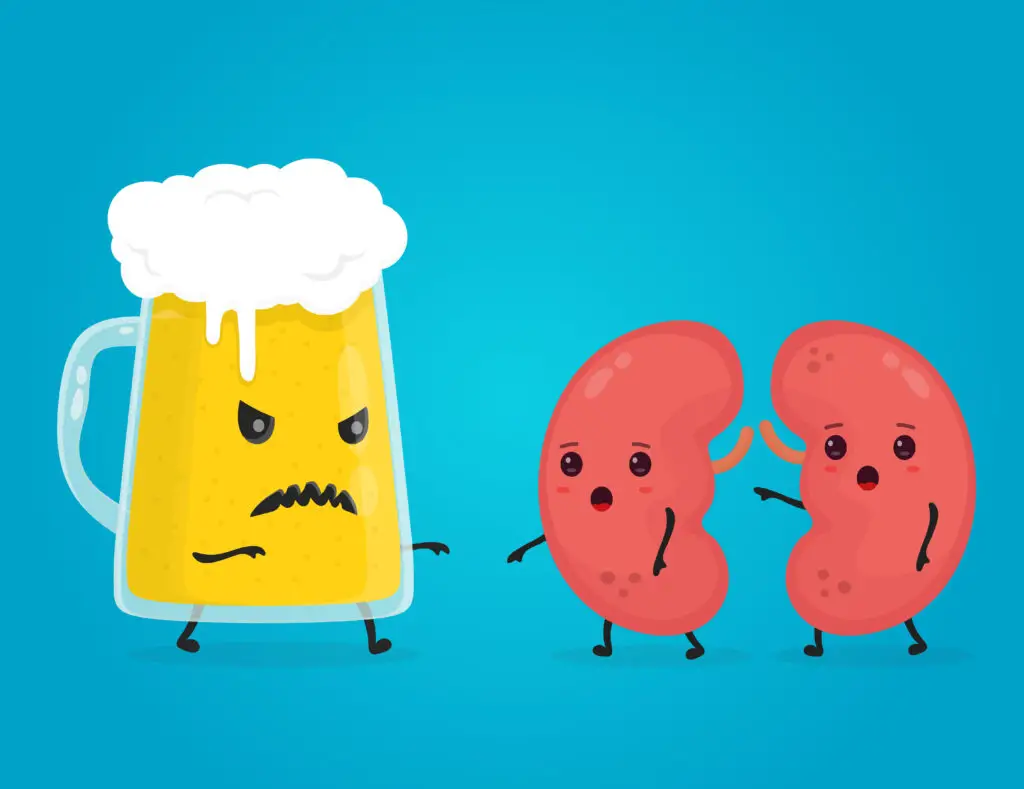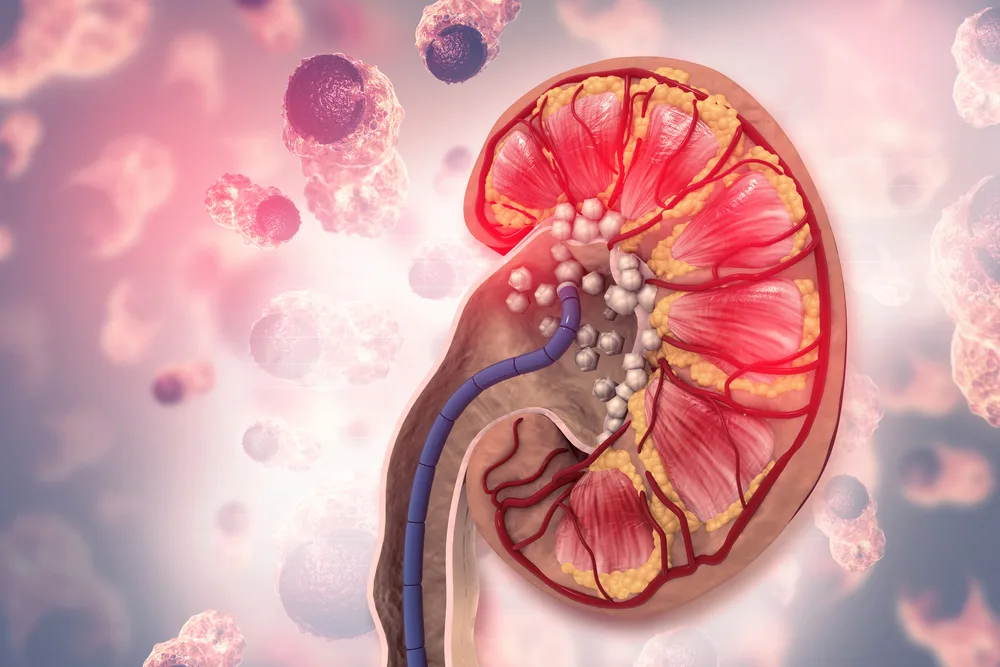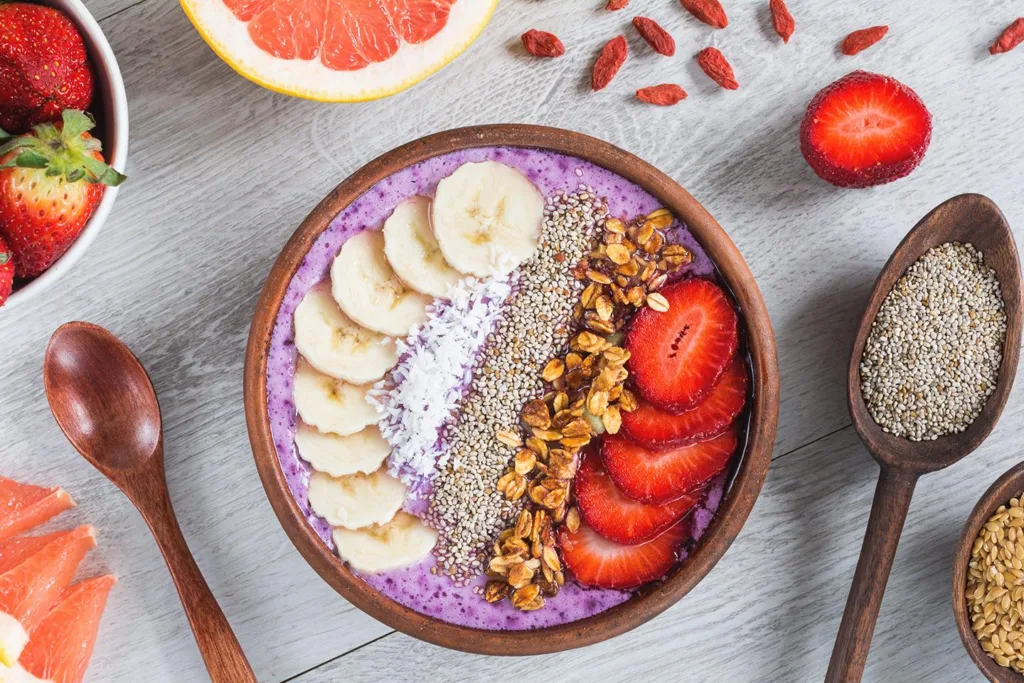Table of Contents
Ketosis starts with reducing carbs and consuming protein and fats instead. It’s a state where the body doesn’t have enough carbohydrates and utilizes stored fat for energy.
This process has become a buzzword lately, which helps in metabolism and weight loss and has health benefits. However, this metabolic process has many advantages and potential side effects, which vary for everyone. But is it safe for you? To know this, you must understand the ketogenic diet and ketosis in depth.
To help you, here’s everything you need to know about ketosis: definition, symptoms, and other crucial factors.
What is ketosis
To understand it, let’s refer to the normal workings of metabolism. In normal circumstances, the body utilizes glucose as a source of energy. The glucose sources are dietary carbs, sugars, starchy food, etc. Now, the body breaks the sugars into simple sugars to use them as fuel or stores them in the liver or muscles as glycogen (1).
If you don’t consume carbs, the body will use alternative strategies. For instance, it will use stored fat and use glucose from triglycerides. The by-product of this process is the production of Ketones (2). These are acids that are formed in the blood and leave through urine. In controlled amounts, these indicate that the body uses fats for energy, but excess production can cause ketoacidosis.
So, ketosis is a metabolic state in which the body converts stored fats into energy, releasing ketones.
Ketosis diet: ketogenic diet
Ketosis is a metabolic process. As mentioned, when the body doesn’t have enough blood glucose (carbs), it burns fats stored in the body. This process leads to the buildup of acids called ketones in the body.
Now, some people follow a ketogenic diet intentionally to teach the body to burn fats to form energy (3). The keto diet, ketosis diet, or ketogenic diet is high in fats and has moderate proteins. Also, it may have a very low carbohydrate diet. It has 70% to 80% fats, 10% to 25% proteins, and 5% to 10% carbohydrates.
This diet leads to ketosis, which helps weight loss and many other health benefits (4). Moreover, this diet makes you feel satiated for a long time. Therefore, dietitians and doctors advise people to follow a ketogenic diet with sufficient exercise for several benefits.
The keto diet may include the following:
- Meat and fish
- Eggs
- Nuts and seeds
- Butter and cream
- Cheese
- Oils such as olive oil and canola oil.
How about protein for ketosis?
Protein intake is an important macronutrient needed by the body for:
- It is vital for the formation of enzymes and hormones (5).
- For muscle development (6).
- For good bone health (7).
- For healthy skin, hair, and nails (8).
- It supports immune function (9).
Also, a ketogenic diet’s 10% to 25% protein range is important. If too little protein is consumed, it can deprive you of the required nutrients. Also, protein helps to make you feel satiated for a long time, promoting weight loss (10).
However, if you overconsume protein, the body may learn to make glucose from amino acids (building blocks of proteins) through gluconeogenesis (GNG). Thus having the right amount of proteins in your diet is important.
So, the right protein percentage according to your health, age, gender, and physical activity is recommended.
10 Symptoms and signs of ketosis
The production of ketone bodies through ketosis means your body utilizes fat for energy. It can be the result of a ketogenic diet or other factors. Whatever the case is, here are ten symptoms of the ketosis metabolic state:
Keto breath
Do you experience unusual and fruity breath? Well, that’s because of the high ketone levels with acetones (11). The breath usually means the success of ketogenic diets.
What can you do:
- To deal with the keto breath, you can brush twice a day.
- Chew sugar-free gums.
Weight loss
One of the most important aspects of this ketogenic diet is that it promotes weight loss (12). To lose weight, many people follow the ketogenic diet under the supervision of experts. As you know, the low carb intake and enough protein and fats make the body use stored fats. Therefore, it can help you lose weight (13).
You will notice weight reduction in the first week. But first, you must track daily calories and create a calorie deficit to help you manage short-term and long-term weight.
Headache
When you switch to a keto diet, consuming low-carb diets can lead to dehydration and electrolyte imbalances. Well, both are the reasons for headaches (14). In addition, some people experience short-term or long-term headaches, and consulting a doctor is advised.
To deal with this, you must try to hydrate yourself and have nutritional ketosis, which fulfills all the required nutrients for the body.
Thirst
If you get into ketosis, there is a high chance you will feel excessively thirsty. The reasons are carbohydrate restriction and high ketone levels, which cause dehydration. Moreover, research suggests that the keto diet for sports performance leads to dehydration (15).
What can you do:
- Track your daily water intake.
- Include fluids in your diet.
- Consult a doctor if you feel very thirsty or notice dark-colored urine.
Appetite suppression
Many people report that they have less hunger while following a keto diet. The reason can be:
- The effect of ketosis on hunger hormones.
- Proteins make you feel satiated for a long time.
Your body may be adapting to the new strategy, which can affect your appetite at some level (16). So, the key is having a balanced diet, exercising, and gradually assessing the symptoms. If the symptoms become severe, it’s better to consult an expert.
Fatigue
One of the major effects of the keto diet is feeling low in energy levels (17). To understand this, you must give time to your body and mind. Your body has been running on a mechanism of using energy from glucose for years, and this new diet can take a toll on the body.
Fatigues can result from dehydration and electrolyte imbalance due to a low carbohydrate diet. Therefore, you should have balanced food with low-carb diets, proteins, healthy fats, minerals, and vitamins.
Sore muscles
There is moderate to severe dehydration when you start a keto diet. Therefore, this can lead to muscle cramps, soreness, and fatigue (18). To deal with this, you have a rich diet with calcium, magnesium, potassium, and sodium. Fulfilling your nutritional requirement with calorie-rich food essentials.
Digestive problems
When you switch to a ketogenic diet, many food items change. This can cause diarrhea or constipation (19). These symptoms will subside with time. But, if you feel they persist, you can consult the experts. Moreover, the tip is to include diverse, rich food, fluids, and low carbs with lots of fiber.
Insomnia
Keto insomnia is a very common symptom of a diet. The body is starved of L-tryptophan when you are on very low carbohydrates. L-tryptophan is essential to produce melatonin, which helps you sleep at night (20).
However, keto insomnia is short-term, and the body adjusts to the new diet; you will notice more peaceful and long sleeping.
Increased ketones in the urine, breath, or blood
When you are on a keto diet, the ketones or ketone bodies increase in your urine, blood, and breath (21). There are various methods to find ketone in the body as they measure ketone by acetone levels (22). For example, there are acetone breath analyzers or special indicator strips for urine (23). This will help you find the acetone value, indicating the ketone production.
How long does it take to get into ketosis?
To achieve ketosis, the process where the body uses fats for energy and produces ketones, you must stick to the keto diet.
There is no set time for entering the process of ketosis. It depends on your diet, physical activity, age, gender, and genetics. So, it varies from person to person (24). However, if you consume 20-50 grams of carbohydrates per day for two to four days, you can enter ketosis (25).
Benefits of ketosis
Here are the benefits of ketosis:
Epilepsy
Epilepsy is a neurological disorder where sudden seizures occur. Although many medications have been invented to treat this brain disorder, some may continue to suffer from uncontrolled epilepsy. In the early 1920s, the keto diet was introduced to treat the conditions (26). Many studies have shown that it has significantly reduced this brain disorder (27).
Weight loss
Weight loss is another important benefit of ketosis. You know how the body stores fat, and with a low-carb diet, it uses fat for energy. Therefore, you can shed a few pounds as the process relies on fat for energy (28). A ketogenic diet under supervision and having a balanced diet are best for weight loss.
Type 2 diabetes
Many people suffering from type 2 diabetes switch to the keto diet. It decreases blood sugar levels by cutting the carbs (29). Moreover, it manages blood glucose by relying on a small number of carbs responsible for spiking blood sugar.
Migraine
In several studies, it was found that the keto diet is best for migraine (30). This is because it provides the brain with more energy with the help of proteins and fats, which help brain muscles to work more efficiently. Moreover, it is great for overall brain health.
Acne
The root cause of acne is sugary foods, processed carbs, and carbohydrate-rich diets (31). As you switch to the keto diet, all these sources are stopped. Therefore, there have been great benefits for skin and acne.
Good for Cholesterol
One of the main reasons for the rise of bad cholesterol(waxy blood) is carbs. A keto diet makes you consume fewer carbohydrates, lower triglycerides, and bad cholesterol (32). Also, the keto diet emphasizes consuming good cholesterol, which is essential for health (33).
Metabolic Syndrome
Metabolic syndrome occurs due to weight gain, slow metabolism, and associated health risks. In addition, certain lifestyle diseases are very chronic. Therefore, a keto diet having fewer carbs can help you improve your metabolism, shed weight, and avoid diseases like blood pressure, diabetes, hormonal problems, etc. (34).
Side effects of ketosis and keto diet
Here are some potential side effects of the keto diet:
Keto flu
Keto flu is a temporary side effect of switching to a keto diet. For example, the keto flu symptoms are less sleep, thirst, headache, less appetite, and digestive issues discussed above. As the body adjusts to the new diet, keto flu improves.
Constipation
The diet can disrupt the gut when your body adjusts to low carbs and more fats and proteins. Therefore, experiencing constipation is a common effect. However, a fiber-rich low-carb diet, enough fluids, and a balanced diet will help you overcome it.
Dehydration
The ketone production leads to dehydration and an electrolyte imbalance. Therefore, the body shows symptoms of dehydration. The tip is to drink enough water and fluid in this diet.
Kidney stones
As you already know keto diet dehydrates you, and you can be more prone to kidney stones. Also, your urine becomes more acidic, increasing calcium and uric acid levels and high protein intake (35). So, you must include plenty of fluid to stop the formation of stones.
Nutritional ketosis vs. ketoacidosis
Nutritional ketosis is a balanced diet with low carbs, nutrients, fluids, healthy fats, and proteins. In this way, the body regulates ketone production healthily, which is nutritional ketosis. A range of 0.5 – 3 mmol/l of ketones is nutritional ketosis.
However, if you starve yourself, a high level of ketones can alter the blood’s composition and make it acidic leading to serious conditions. For example, if people having diabetes do not take insulin and stick to the keto diet, they can undergo ketoacidosis or diabetic ketoacidosis (DKA). So it is important to follow a keto diet most healthily.
Optimal ketosis
Optimal ketosis is the amount of ketone release required to control certain health problems. For example, it can be weight loss, dealing with epilepsy, etc. Generally, optimal ketosis is 1.5 – 3 mmol/l of ketones.
Should you try ketosis and the keto diet? (Expert’s Review)
Following the keto diet to undergo the state of ketosis sure has its benefits. But, it’s very important to start slowly, consult a doctor, and discuss some contributing factors. For example, people having pancreas, liver, thyroid, or gallbladder issues are not advised to follow the keto diet. Therefore, you must consult your doctor about health issues and other factors.
How to get into ketosis?
To get into ketosis, you have to switch to low-carb options, increase healthy fats and proteins, and have a wholesome diet with healthy foods.
How to get into ketosis in 24 hours?
You can get into ketosis in 24 hours with intermittent fasting, shifting to a low-carb diet, and increasing fats and proteins. Also, exercising will help a lot. But, it’s advised to gradually start a keto diet and give your body 2 to 4 days to enter ketosis.
How many carbs stay in ketosis?
A carbs value of 50 grams daily with high fiber and low carb intake is great.
How to stay in ketosis?
To stay in ketosis, stick to the low-carb, high-fat, and protein diet. Also, be hydrated, have enough fluids, and fulfill your nutrient requirements. You must adhere to a routine to stay in ketosis.
When does ketosis start?
Ketosis starts when the body begins utilizing stored fats for energy requirements. This results in the production of ketones which is called ketosis.
What does ketosis feel like?
Ketosis can have a few initial symptoms resulting from carbohydrate withdrawal, like insomnia, gut issues, bad breath, dehydration, etc. But with time, the body adjusts to a new diet, and you feel normal.
Is ketosis dangerous?
No, many people are following a keto diet to achieve ketosis. But, if you have certain health problems, you must seek expert guidance before starting the keto diet.
What snacks keep you in ketosis?
Ketosis-friendly or keto snacks include diverse nut butter like peanuts, almonds, and sesame. Olives, nuts and seeds, and avocados also work well. Boiled eggs and cheese provide a good protein source. Green bell peppers and carrots are excellent for low-carb veggie snacks.
Summary
The process of ketosis after following a ketogenic diet has its benefits. It will lead to weight loss and certain other health benefits. But you must consult experts and consider your age, gender, genetic issues, and health condition before switching to this diet. In addition, the process affects the cellular level of body function; therefore, you must not start it by listening to anyone.
Also, if you notice some side effects, consult your doctor. It’s a gradual process, and you must allow your body to adapt to the diet. So, study all the discussed aspects of ketosis mentioned above for a better understanding.

















Comments
0